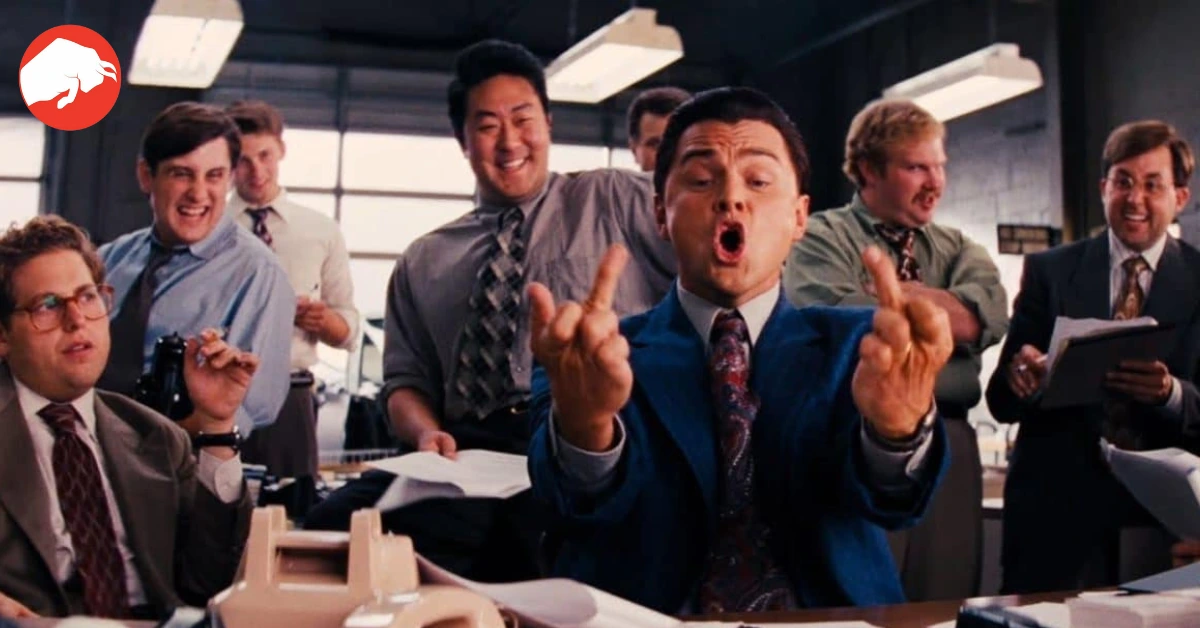The Symphony of Excess: An Inside Look at “The Wolf of Wall Street”
“The Wolf of Wall Street” by Martin Scorsese unravels as a captivating black comedy, a vivid tapestry illustrating the intoxicating allure of wealth and the relentless pursuit of happiness, narrating the infamous journey of stockbroker Jordan Belfort.
The Foundations of Stratton Oakmont
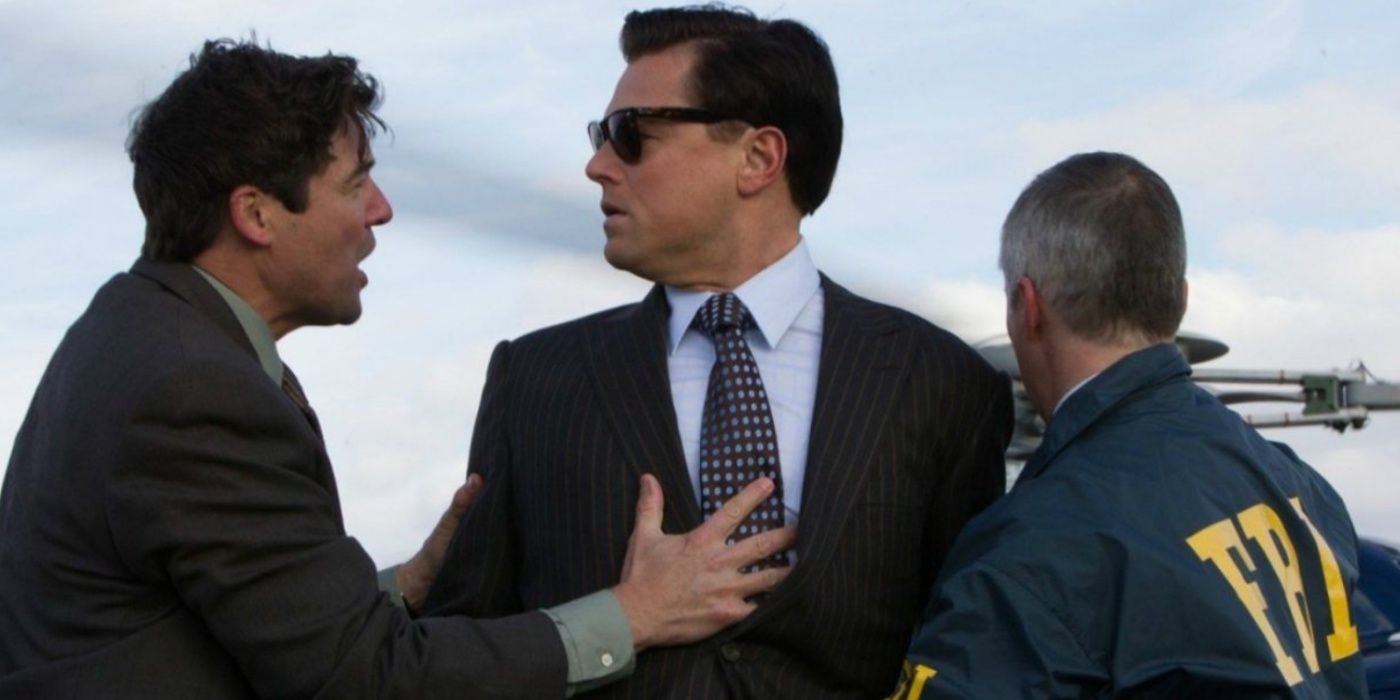
Following the life of Jordan Belfort, portrayed by Leonardo DiCaprio, the film embarks on his odyssey from a moderately successful stockbroker to the founder of Stratton Oakmont, a stock trading firm which metamorphoses into a hub for illicit financial schemes and fraud. Belfort and his team, with their cunning and charm, seduce unsuspecting customers, painting a mirage of promising investments, only to leave them in the financial abyss as they revel in their ill-gotten gains.
The Unraveling Romance and Addiction
While the movie orchestrates the symphony of Belfort’s financial exploits, it also harmoniously integrates his tumultuous relationship with Naomi, portrayed by Margot Robbie, and his battle with drug addiction. Belfort’s life becomes a high-stakes game, with his marriage and sanity hanging by a thread, the scales continually tipping between triumph and disaster. Naomi and Belfort’s marriage eventually dissolves into a cacophony of arguments, infidelities, and drug-induced conflicts, culminating in a painful separation and Naomi acquiring custody of their children.

The Downfall of Stratton Oakmont
Stratton Oakmont thrived on a “pump-and-dump” business model, manipulating stock prices and defrauding customers. This illicit symphony couldn’t play forever, and the inevitable closing movements began when the law closed in. Despite Belfort’s attempts to maintain the deceptive harmony with bribes and tactics, the federal authorities finally pulled the curtains on Stratton Oakmont’s fraudulent opera, with Belfort turning informant and sealing the fate of his empire.
The Aftermath: Lessons and Legacies
Post his cinematic downfall, the real Jordan Belfort embarked on a journey of redemption and enlightenment, transforming into a motivational speaker and author, unraveling the secrets of his once illicit empire to the world. His ex-wife, Nadine Macaluso, the muse for Margot Robbie’s Naomi, has become a beacon of hope and knowledge in the realms of relationship therapy and counseling, sharing her experiences and insights on abusive relationships.
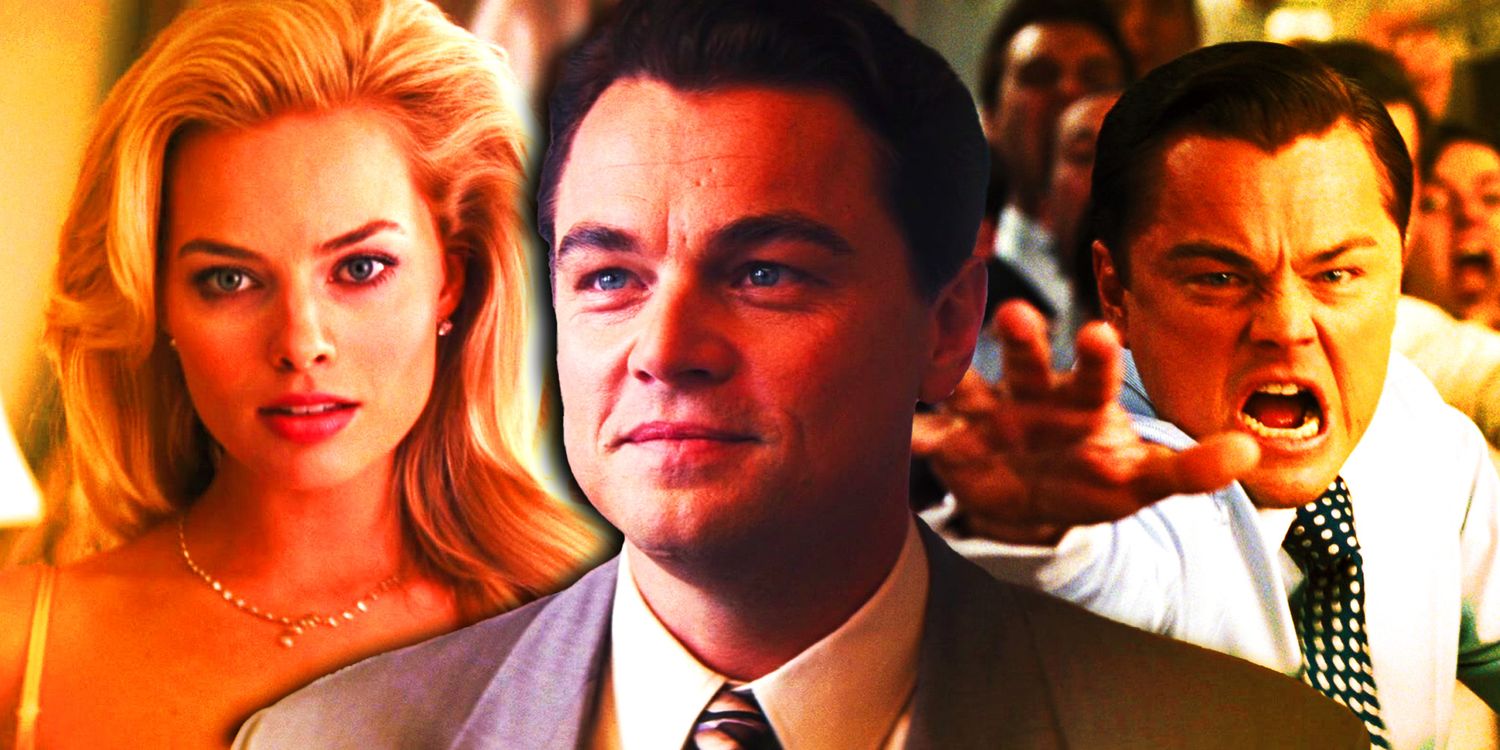
The “Sell Me This Pen” Paradigm
The film culminates with Belfort, the master of persuasion, teaching seminars on sales techniques, symbolized by his iconic “Sell me this pen” challenge. It is a stark representation of Belfort’s sales philosophy, an embodiment of creating a need, an allure for something seemingly trivial, underlining the fine line between legitimate persuasion and deceptive manipulation.
The Distorted Mirror: Cinematic vs. Reality
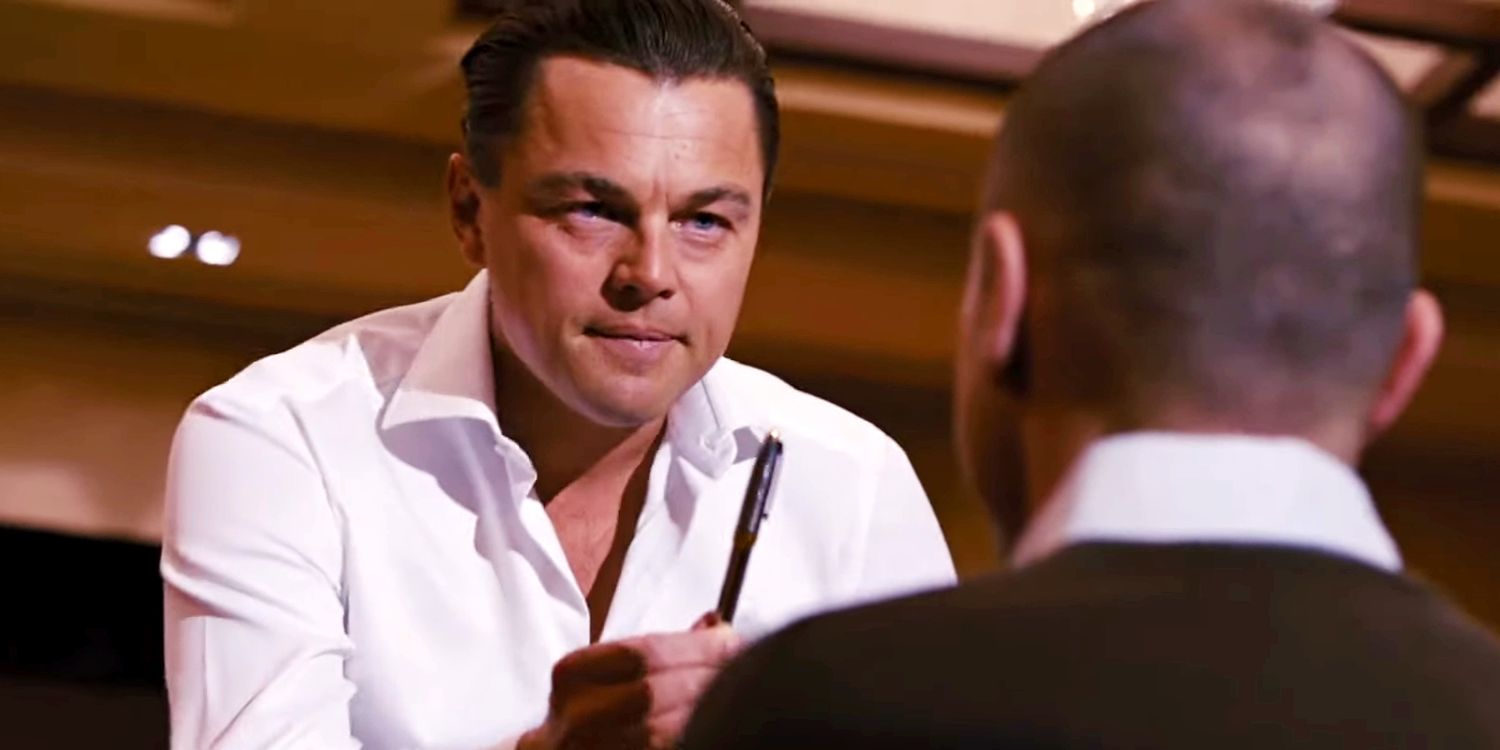
While “The Wolf of Wall Street” mirrors the life of Jordan Belfort, it distorts and exaggerates certain aspects for cinematic impact. Belfort confessed that his real-life drug addiction was significantly more severe, and some scenes were depicted differently, including the portrayal of his volatile relationship with Macaluso.
The Essence of the Film
“The Wolf of Wall Street,” in its essence, is not just a chronicle of financial deceptions and excesses but a reflection on human greed and the relentless pursuit of happiness. It stands as a comedic yet poignant reminder of the consequences of unrestrained desire and the relentless pursuit of pleasure, serving as a modern-day morality tale for the masses.
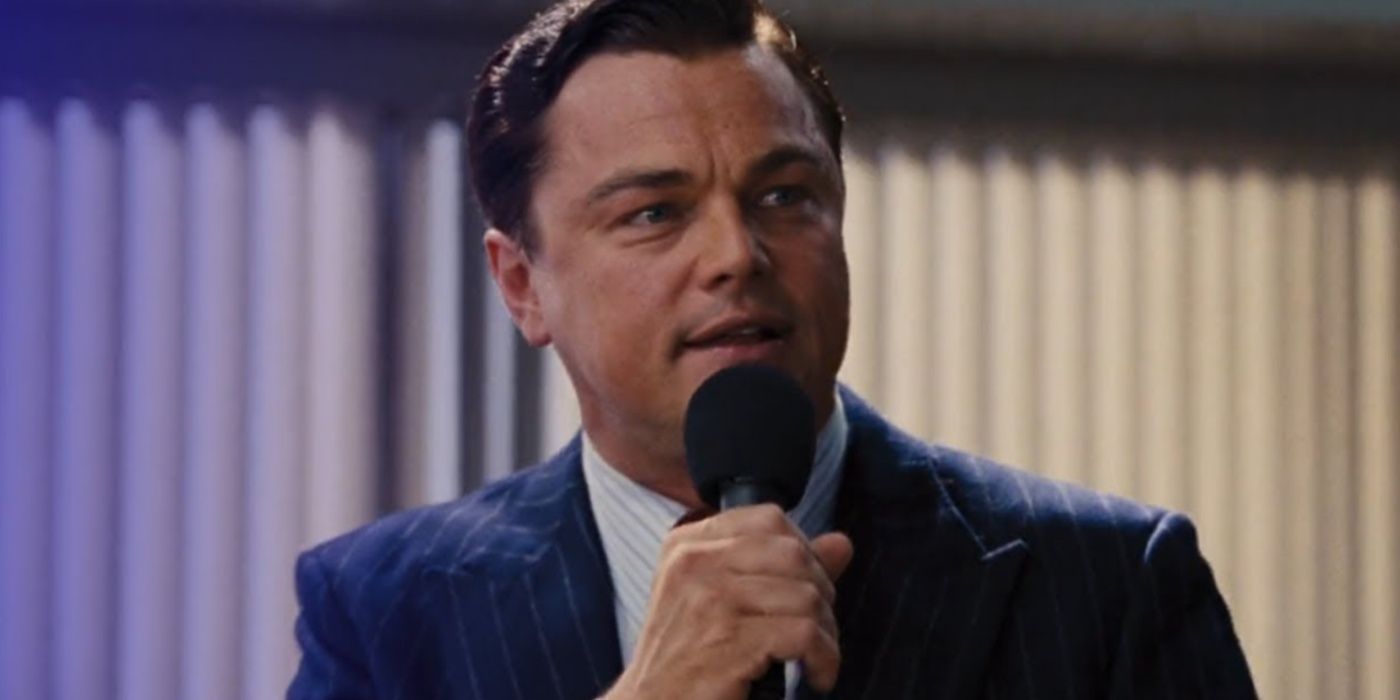
Conclusion:
The Wolf of Wall Street remains a seminal piece in cinema, a black comedy intertwining greed, excess, and the pursuit of ephemeral happiness, leaving the audience to ponder over the eternal conflict between morality and desire. Belfort’s life, with its highs and lows, becomes a lens through which we view the ramifications of unbridled ambition and the pursuit of the American Dream, making us question – at what cost does one pursue their version of happiness?


